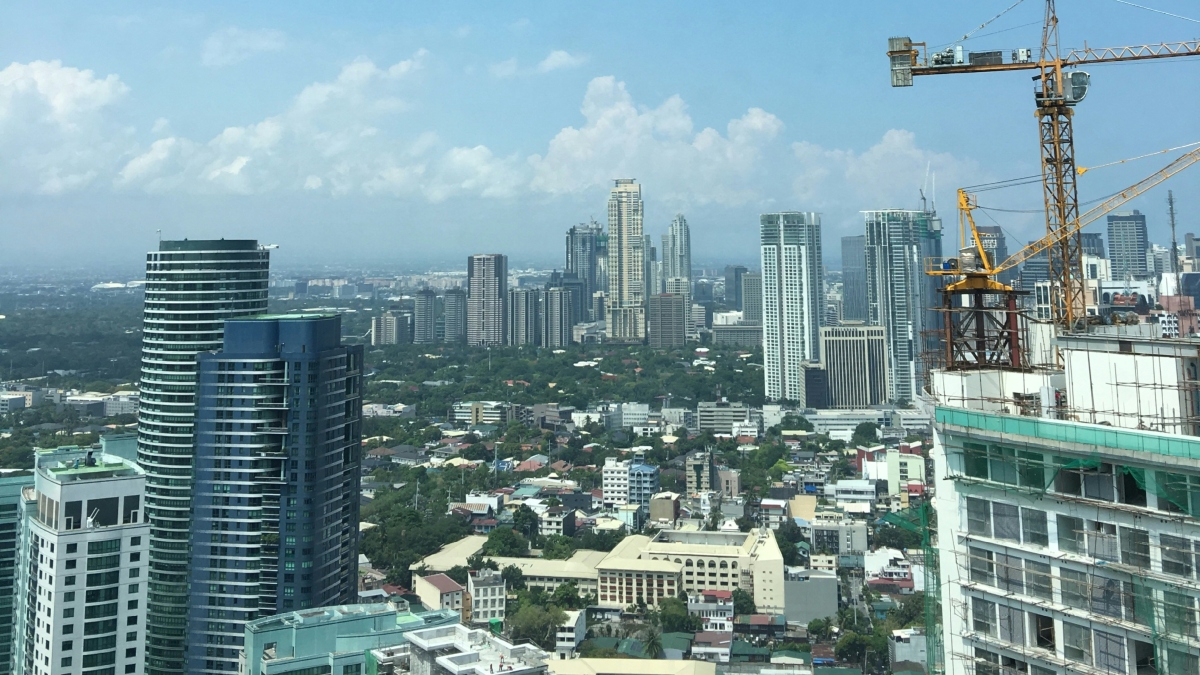Inflation has significantly eroded the purchasing power of minimum wage earners across various regions in the Philippines, with real wages found to be 18.6% to 25.4% lower than the current nominal minimum wages, according to data from the Department of Labor and Employment’s National Wages and Productivity Commission and the Philippine Statistics Authority.
The infographic released by BusinessWorld presents the impact of inflation on regional minimum wages, highlighting a stark disparity between nominal wages and inflation-adjusted real wages.
Sharp decline in purchasing power
The data show that across all regions, real wages are lower by P75.62 to P131.45 compared to the nominal daily minimum wage. In Metro Manila, the nominal wage of P645.00 translates to an inflation-adjusted real wage of only P516.47, reflecting a 2.8% inflation rate for the region.
In the Cagayan Valley region, inflation stands at 5.1%, causing the real wage to drop to P366.69 from the nominal wage of P480.00. Similarly, in the Cordillera Administrative Region (CAR), despite a minimum wage of P470.00, inflation has cut its real value to just P367.19.
Regions in the Visayas and Mindanao have also suffered significant losses in purchasing power. Western Visayas, with an inflation rate of 3.6%, has seen its P513.00 daily wage effectively reduced to P391.30. In the Bangsamoro Autonomous Region in Muslim Mindanao (BARMM), the lowest minimum wage in the country at P361.00 shrinks to a real wage of only P285.38.
Regional disparities in wage adjustments
Among all regions, Metro Manila continues to have the highest nominal wage at P645.00, while BARMM remains at the bottom with P361.00. However, the varying inflation rates further widen the disparity in the actual value of wages across regions.
For instance, Calabarzon (Region IV-A), with a minimum wage of P560.00, has a real wage of only P436.14. Meanwhile, Eastern Visayas, which has the lowest inflation rate at 1.3%, sees a real wage of P333.07 from its nominal wage of P420.00.
The erosion of real wages due to inflation raises concerns over the economic well-being of minimum wage earners, particularly those in regions with high living costs. Labor groups have long pushed for higher minimum wages to keep pace with inflation and rising costs of essential goods and services.






